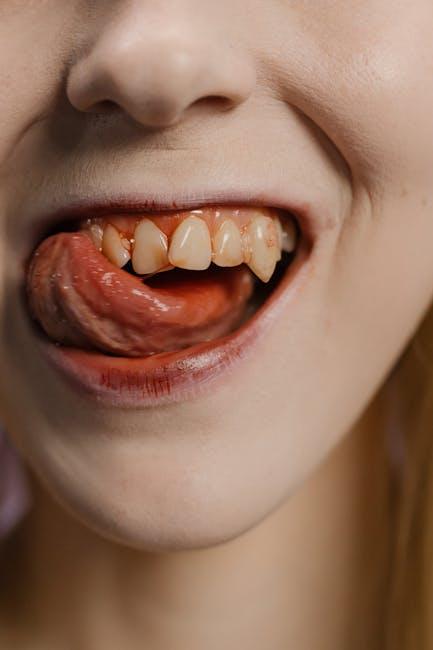
Does Medicaid Cover Dental? Orthodontics, Common Procedures & State Coverage
Many people rely on Medicaid as a primary source of health insurance, but when it comes to dental care, the question often arises: Does Medicaid cover dental services? The answer is nuanced. While Medicaid does provide dental coverage, it varies significantly based on your age, state of residence, and the type of dental care needed — including orthodontics and routine procedures. In this comprehensive guide, we’ll break down Medicaid dental coverage, explain common dental procedures included, explore orthodontic benefits, and highlight state-by-state variations to help you understand what’s available to you.
Understanding Medicaid Dental Coverage
Medicaid is a state and federally funded program providing health care coverage for eligible low-income individuals and families. Unlike medical coverage, dental benefits under Medicaid are not standardized nationwide, especially for adults.
Key Points About Medicaid Dental Coverage
- Children’s Dental Coverage (EPSDT): Under the Early and Periodic Screening, Diagnostic, and Treatment (EPSDT) benefit, Medicaid must provide comprehensive dental services for children under 21, including preventive and corrective care.
- Adult Dental Coverage: Coverage varies widely by state. Some states offer extensive dental benefits, including cleanings and fillings, while others may only cover emergency dental care.
- Orthodontic Coverage: Orthodontic treatment such as braces is rarely covered for adults and typically available only for children when it’s medically necessary.
Medicaid Dental Coverage for Children vs. Adults
| Aspect | Children | Adults |
|---|---|---|
| Coverage Mandate | Mandatory under EPSDT | Optional by state |
| Preventive Care | Cleanings, fluoride, sealants | Varies widely, often limited |
| Orthodontics | Available if medically necessary | Rarely covered |
| Emergency Services | Covered | Usually covered |
| Common Procedures Covered | Fillings, extractions, crowns | Dependent on state |
Common Dental Procedures Covered by Medicaid
Medicaid dental benefits generally cover a range of dental services designed to maintain oral health and treat dental problems. These include:
- Preventive Care: Cleanings, exams, x-rays, and fluoride treatments to prevent cavities and decay.
- Restorative Procedures: Fillings, crowns, and root canals to repair damaged teeth.
- Extractions: Removal of damaged or decayed teeth to prevent infection.
- Emergency Dental Care: Treatment for dental pain, abscesses, and injuries.
- Orthodontics (Selective): Braces or other corrective treatments primarily for children with severe dental problems.
Orthodontics and Medicaid: What You Need to Know
Orthodontic treatment, such as braces or aligners, can be expensive and is often sought for cosmetic reasons. Medicaid limits orthodontic coverage primarily to children who require treatment due to health issues like cleft palate, jaw deformities, or other functional problems.
Many states have strict medical necessity criteria for orthodontic coverage—aesthetic improvement alone typically is not sufficient to qualify. Adults generally do not receive orthodontic coverage under Medicaid unless exceptional circumstances exist.
Medicaid Dental Coverage By State
Because dental benefits for Medicaid adults are optional and vary by state, it’s important to know how your state manages Medicaid dental coverage. Here’s a snapshot of how dental services coverage can differ:
| State | Adult Dental Coverage | Orthodontic Coverage |
|---|---|---|
| California | Comprehensive coverage | Limited to medically necessary children |
| Texas | Emergency services only | Generally not covered |
| New York | Extensive adult and children dental benefits | Available for children |
| Florida | Emergency care only | No orthodontic coverage |
| Ohio | Some preventive and restorative services | Covered under certain conditions for children |
How to Check Your State’s Medicaid Dental Coverage
- Visit your state Medicaid agency’s official website.
- Contact Medicaid customer service for detailed coverage information.
- Consult your Medicaid managed care plan if enrolled.
- Use resources like Healthinsurance.org to compare state benefits.
Benefits of Medicaid Dental Coverage
Dental coverage through Medicaid offers several vital benefits, especially to low-income families and individuals:
- Improved Oral Health: Regular access to checkups and preventive care reduces risk of serious dental problems.
- Early Intervention: Prompt treatment addresses issues before they escalate, preventing costly procedures.
- Access to Orthodontic Care: Limited but critical for children with structural dental issues.
- Reduced Financial Burden: Helps low-income individuals avoid expensive out-of-pocket dental costs.
Practical Tips to Maximize Medicaid Dental Benefits
- Schedule Regular Dental Checkups: Preventive care is usually fully covered for children and often adults.
- Verify Provider Participation: Make sure your dentist accepts Medicaid to avoid surprise bills.
- Understand State Limits: Know your state’s specific covered services and any annual caps.
- Use Urgent Care When Necessary: Emergency procedures are generally covered in all states.
- Keep Documentation Ready: For orthodontics, prepare medical necessity documentation for approval.
Real-Life Experience: Medicaid Dental Coverage in Action
Jessica, a mother of two, shares her experience:
“My kids have Medicaid dental coverage, and thanks to that benefit, they get regular cleanings and check-ups without any cost. When my youngest needed braces to fix a severe bite problem, Medicaid helped cover most of the expenses because his condition was deemed medically necessary. I always recommend other parents to check their state’s benefits thoroughly and not delay dental visits.”
Conclusion
So, does Medicaid cover dental care? Yes — but how much depends heavily on your age, state, and the dental service needed. Children benefit from federally mandated, comprehensive dental coverage, including orthodontics under certain conditions. Adult dental benefits are inconsistent and vary widely state to state, often limited to emergency or basic services.
Whether you’re a parent looking out for your child’s teeth or an adult seeking dental care, it’s essential to understand your state Medicaid dental benefits, confirm provider participation, and take advantage of available services early. With the right information, Medicaid can be a valuable resource to maintain your oral health and reduce out-of-pocket dental expenses.
For the most accurate and up-to-date info, always check with your state Medicaid office or visit Healthinsurance.org.


